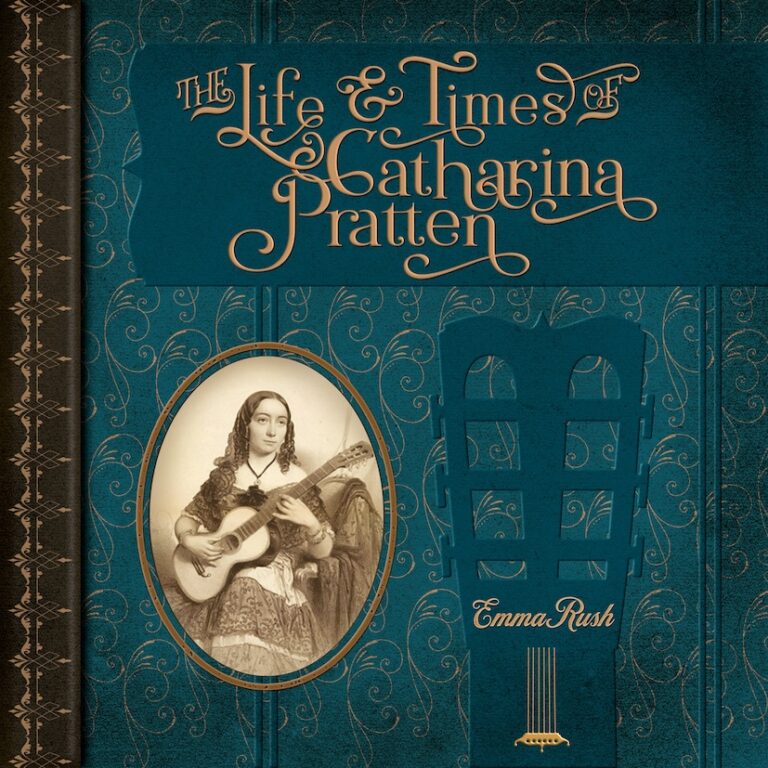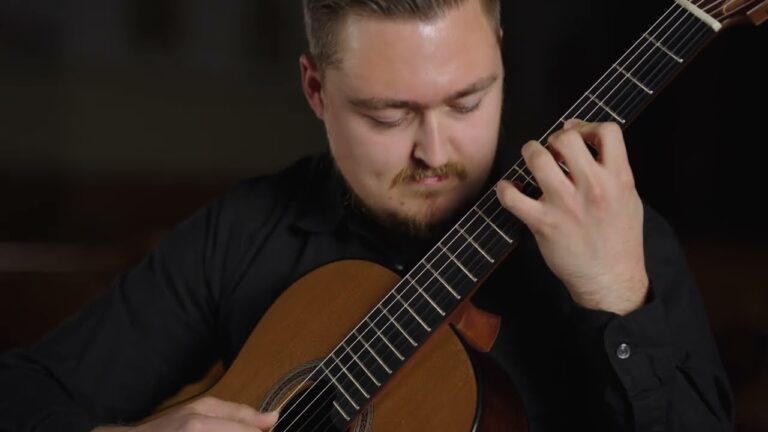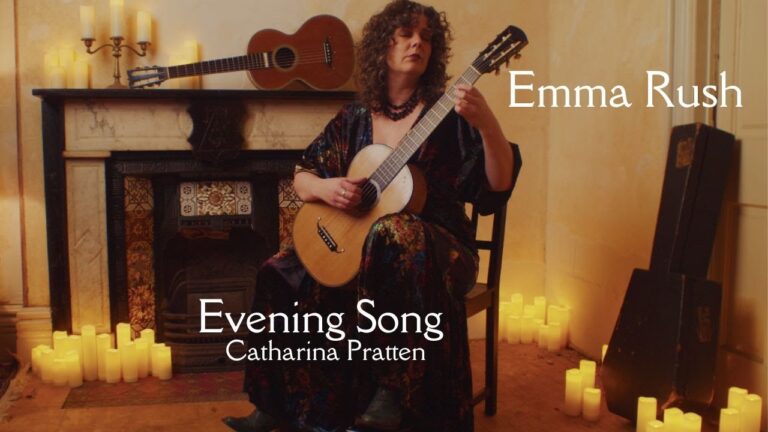Congrats to all the excellent students and teachers of Whitehorse, Yukon, Canada for their wonderful performances in the Whitehorse Rotary Music Festival where I was the adjudicator. Every student played very well and all the students had good foundation music skills. There is some real talent up north. From solo classical guitar, to duets and large ensembles, I was very impressed with the playing.
Some more tips:
I was impressed with everyone’s phrasing, general technique, and guitar positions. Left hand technique was particularly in order for most students.
- Musicality first, then technique: Figure out how a piece should sound by singing it, researching it, and listening to other examples of music by the same composer or era (YouTube is a great resource for this). Once you know how it should sound then get to work using your technique on guitar to accomplish the musical sound you are after.
- Let musicality help your technique: For example, if there is a big shift after a phrase maybe easing off the rhythm at the end of the phrase will make the shift easier and also make the phrase more clear to the listener. It’s a win-win situation!
- Articulation: Not all notes have to sound the same. You should experiment with musical ideas aimed at making the music interesting. For example, not all music needs to be legato, some notes could be detached or staccato for contrast. Also, rests should sometimes be strictly observed. Don’t worry, if you do something too weird your teacher will let you know.
- Hierarchy: Not all notes are equally important. There are strong notes, destination notes, weaker accompaniment notes, accented notes, etc. Figure out which notes are important and which ones are not… For example, in twinkle twinkle little star you would not sing it as twin-CKLE twin-CKLE. The accent is more on TWIN-kle TWIN-ckle. So when you play you should imitate the natural sound and accents of the words and not play every note the same.
- Shaping: Consider how you would sing a melody. You would rarely sing the first note of a phrase super loud or sing all the notes at the same volume. Remember to over-exaggerate the dynamic shaping (think of how actors need to over-exaggerate their voice on stage).
- Make a checklist for your performances: Make a checklist of things you need to remember before you play. Things such as: relax the shoulders, sit up straight, ease into the music, cue the beginning of phrases, use a good right-hand position. Sometimes, just remembering a few things can really make a big difference to a performance.
- Reading: I was so impressed with the playing in Whitehorse that I didn’t talk much about reading music. However, written music is the universal language used by musicians to communicate, it is also a solid gateway to understanding music theory. Composers communicate music to musicians through written music so you’ll want to get very familiar with it if you want to correctly interpret a composer’s music. The higher level you become the more important reading will likely become. Notation is not perfect, there is always much interpretation involved but it is your roadmap and contains many secret clues to the meaning of the music.
- Technique: Practicing technique and fingerboard harmony is like practicing ALL pieces. If your technique is in top shape than you can be assured that you will play well. Practice technique at the start of your practice session so your hands will remember all the accuracy and precision when you switch to pieces.
- Rest-stroke or free-stroke? There is little difference between the two types of strokes so regardless of what type of stroke you use you still have to listen to the result of each. Don’t let rest-strokes sound too heavy or clunky, lighten them up if you need to glide through a phrase. In general, I would get comfortable with both types of strokes as there are times when each will be needed.
As I said, I thought everyone had good left hand technique and phrasing, congrats. Here are some more articles related to the sessions we had. Also, the beginner students may want to check out the basic sitting position video below just as a reminder.




